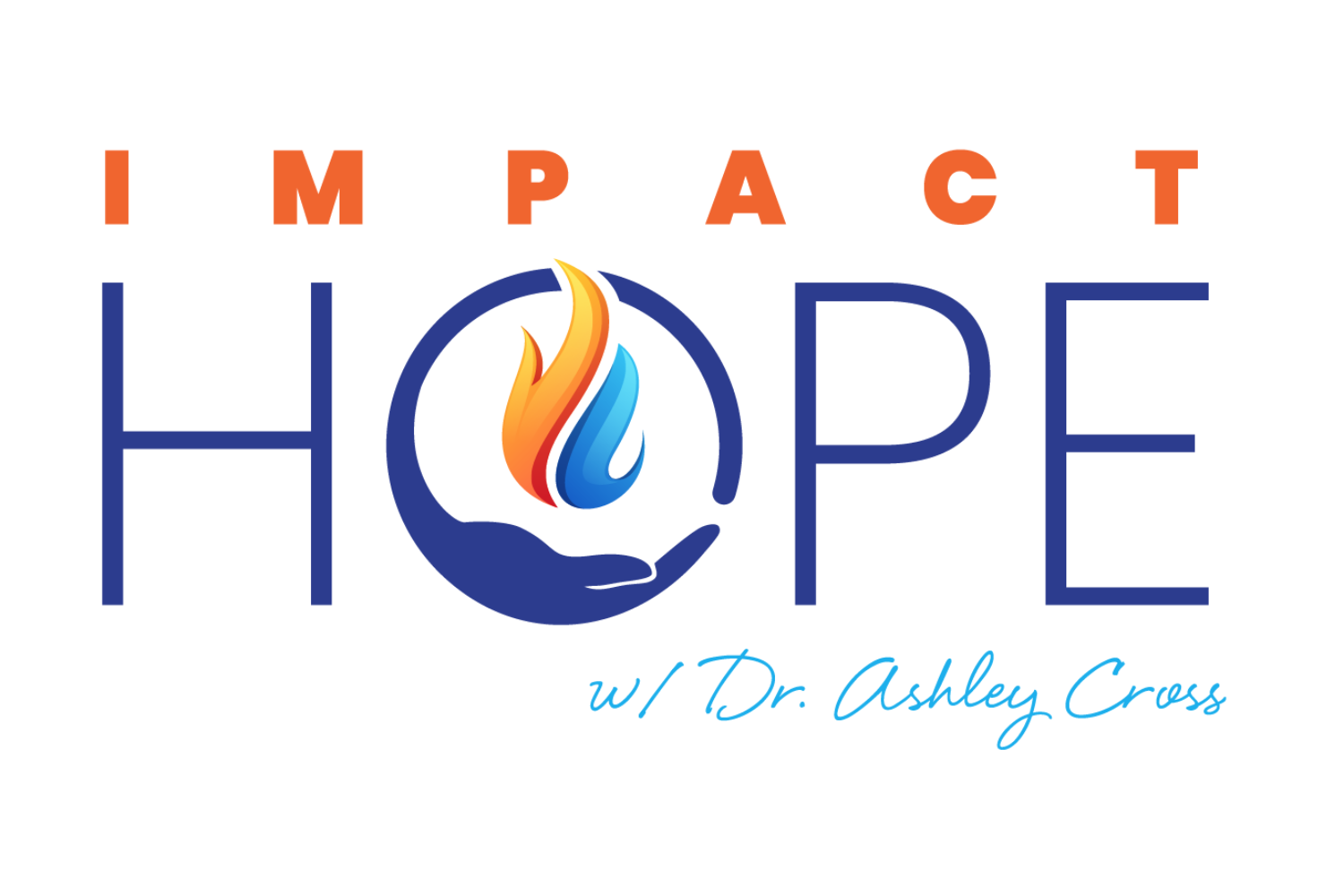What is Hope
By: Dr. Ashley Cross
“Hope is the bridge between the impossible and the possible.” -Joseph Bellezzo, M.D.
According to Merriam-Webster, hope is defined as “to desire with expectation of obtainment or fulfillment,” or “to expect with confidence.” Dr. Chan Hellman takes the definition a step further and states, “Hope is the belief that your future can be brighter and better than your past and that you actually have a role to play in making it better.” Hope is a mindset that drives resilient behavior and is a protective factor for resilience.
Psychologist Rick Snyder developed the Hope Theory (2003), which attempts to understand hope and human motivation. He was the first “hope scientist.” He furthered the definition of hope as, “goal-directed thinking in which the person has perceived capacity to find routes to goals (pathways thinking), and motivation to use those routes (agency thinking).
Furthermore, hope can be explained as the capability to produce and implement plans for the future. Hope is a positive motivational state that reflects the combination of agency (willpower) and pathways thinking (waypower) toward goals.
Goals
Our lives are centered on goals. Whether small, substantial, short-term or long-term, moral, or immoral, we strive to accomplish something. We begin to wire our children to think about their goals at a young age when we start asking them, “what do you want to be when you grow up?” And we aim to help them achieve this dream (goal) by directing their attention and ambitions towards activities, sports, clubs, and colleges that can help them reach this achievement.
We connect our goals to our beliefs about ourselves and our feelings about others. We set goals we believe we can accomplish, and we set goals that we think we have the support and resources to achieve. Various studies have proposed that past performance, or the perception of past performance, is an indicator of future goal choice. Accordingly, time and our perception of it are useful to human thought and goal setting.
Pathways (Waypower)
Hopeful individuals will not only identify a goal but also identify the pathways that will lead to goal attainment. Pathway thinking causes the brain to ask, “how do I get from Point A to Point B.” A high-hope person obtains the ability to generate alternative ways to goal achievement when necessary. However, the low-hope person is unlikely to produce alternate routes.
Agency (Willpower)
Agency thoughts reflect the perception that people can initiate and sustain action towards a desired goal. This thinking helps in developing the capacity to use one’s pathways to reach desired goals and is recognized as the motivational component of hope. Agency thinking is a significant component of goal-directing thinking; however, it becomes much more imperative when an individual encounters obstacles. During these challenges, agency thinking helps people to channel the necessary motivation for the best alternate pathway.
Working with vulnerable children requires hope. Whether you are a foster parent, an adoptive parent, a social worker, or other direct care workers, you need hope to give them hope. I desire to provide you with a series of training and resources to measure and sustain your hope and the hope of the children you serve daily.
Let’s begin this journey by first assessing your hope. Take the Adult Hope Scale here: https://hopescore.com/hope-score/
In my next article, we will discuss why vulnerable children need hope.
References:
Gwinn, C., & Hellman, C. (2019). Hope rising: How the science of hope can change your life. New York, NY: Morgan James Publishing.
Snyder, C. R. (2002). Hope theory: Rainbows in the mind. Psychological Inquiry, 13(4), 249-275.
Snyder, C.R. (2003). Measuring hope in children. What do children need to flourish? Paper presented at the Indicators of Positive Development Conference, Washington, DC. Abstract retrieved from https://www.childtrends.org/wp-content/uploads/2013/05/Child_Trends-2003_03_12_PD_PDConfSnyder.pdf
 Download this article here: What is Hope Article
Download this article here: What is Hope Article

